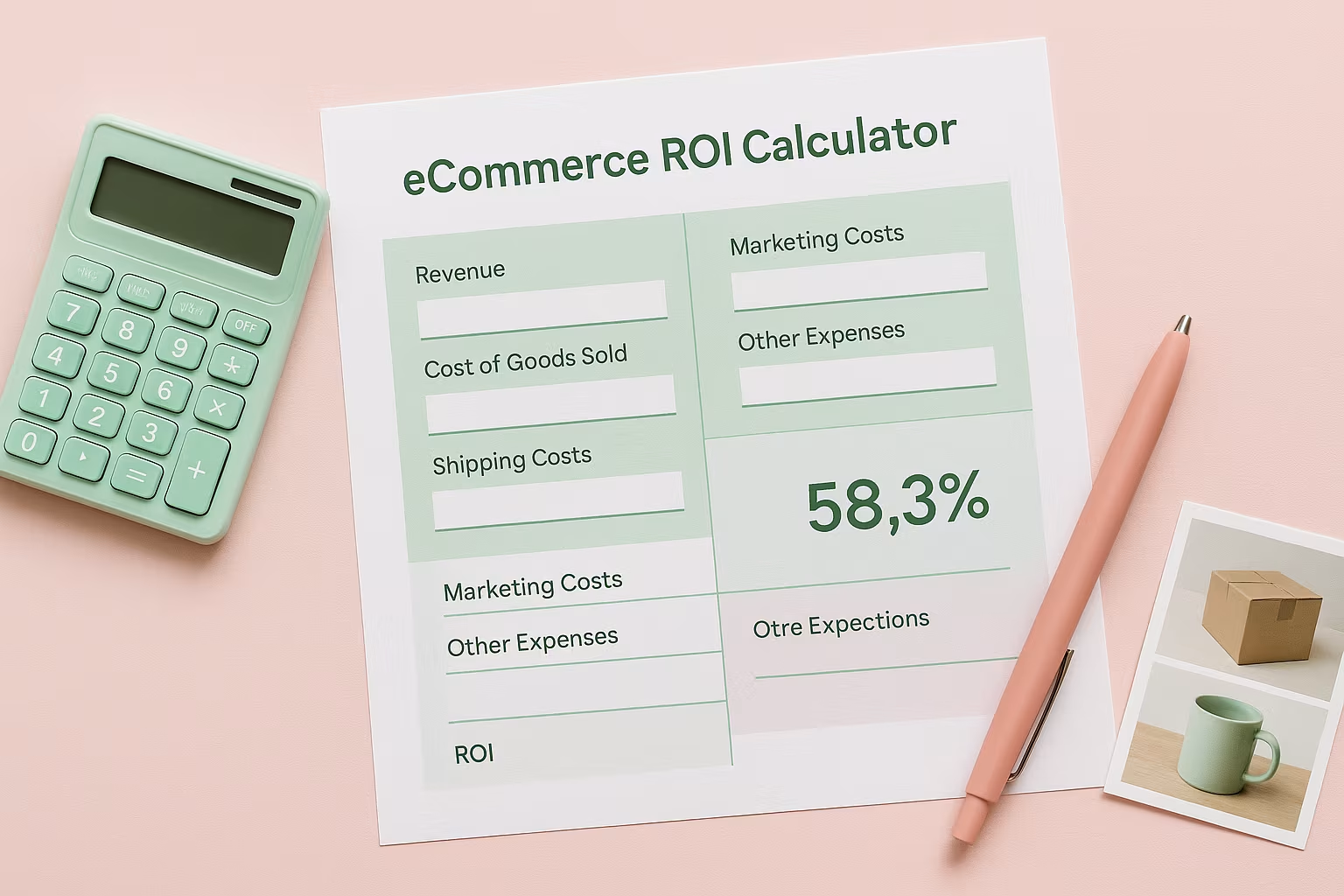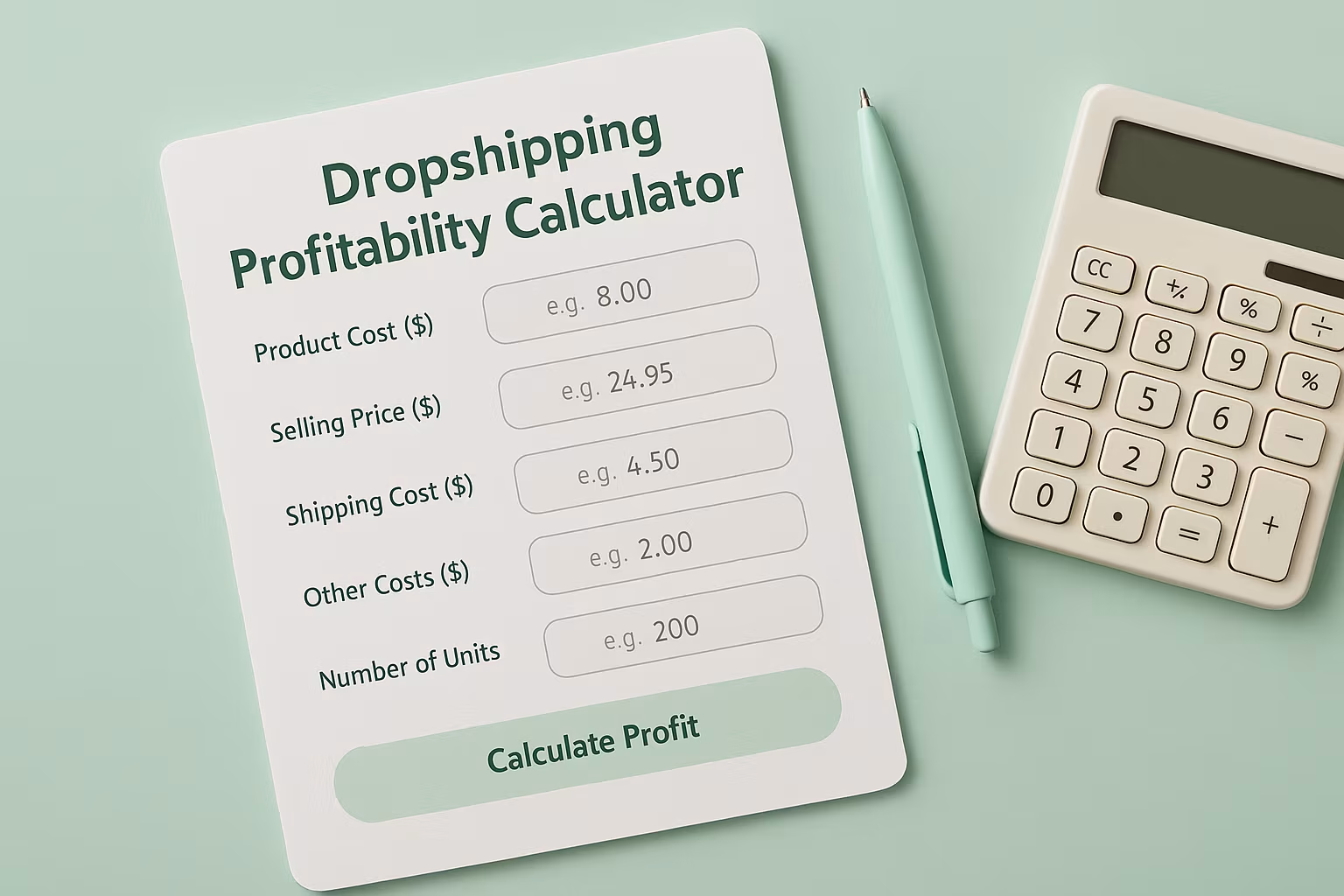
Seasonal demand shifts can lead to inventory inaccuracies, with over 43% of retailers citing forecasting errors as a major stock control issue.
From holiday rushes to weather-related spikes, poor planning during seasonal shifts can result in stockouts, lost revenue, or surplus inventory.
Understanding how seasonal trends affect stock control is key to maintaining smooth operations year-round. With accurate forecasting and agile supply chains, businesses can stay profitable while meeting customer expectations at every turn.
Strategies for Effective Seasonal Trend Stock Control
With a clear understanding of the challenges, businesses can implement proven strategies to navigate seasonal inventory fluctuations.
Implementing a Season-Based Ordering System
Rather than using a single inventory management approach year-round, successful businesses adapt their ordering parameters based on the season:
Pre-Season Buildup: Gradually increasing inventory levels before peak demand hits
- Start small with test orders to validate demand forecasts
- Increase order sizes as the season approaches
- Schedule deliveries to arrive in stages, preventing warehouse overflow
Peak Season Management: Maintaining sufficient stock while avoiding last-minute panic orders
- Set higher reorder points during peak seasons
- Establish emergency restock procedures with key suppliers
- Monitor real-time sales data daily rather than weekly
Post-Season Reduction: Systematically reducing inventory as demand wanes
- Implement progressive discounting to clear seasonal merchandise
- Adjust reorder points downward earlier rather than later
- Consider bundling seasonal items with year-round products

Diversification Strategies to Balance Seasonality
Smart businesses flatten their revenue curves by diversifying their product mix. This approach helps maintain consistent cash flow and operational efficiency throughout the year.
- Counter-Seasonal Products: Many retailers intentionally expand their store product range to include items that peak in different seasons. For example, a retailer primarily selling winter products might add complementary summer products to balance their annual sales pattern.
- Geographic Diversification: E-commerce businesses have the unique advantage of being able to sell to different hemispheres. When it's winter in North America, it's summer in Australia. Strategic international marketing can help maintain consistent demand throughout the year.
- Product Life-Cycle Management: By carefully timing new product releases to coincide with natural lulls in seasonal demand, businesses can create additional revenue peaks throughout the year.
Inventory Models for Seasonal Businesses
Different inventory models offer varying advantages for managing seasonal stock control:
- Just-In-Time Inventory: While challenging with seasonal products, JIT principles can be modified for seasonal businesses by:
- Working closely with suppliers who can provide rapid replenishment
- Focusing JIT approaches on high-value or storage-intensive items
- Using early-season sales data to fine-tune later-season orders
- Dropshipping Transition: Some businesses transition from dropshipping to holding inventory selectively during peak seasons, giving them greater control over customer experience when it matters most while minimizing inventory risk during slower periods.
- Fulfillment Partnerships: Working with a specialized fulfillment solution that offers flexible storage capacity can help businesses scale their operations up and down throughout the season without investing in year-round warehouse space.
Seasonal inventory swings can make or break your profits. Nail your stock levels, and you’ll avoid both lost sales and excess deadstock. Here's a quick-glance guide to how smart ecommerce brands handle inventory all year long—without getting buried in stockouts or overages.

Forecasting Demand for Seasonal Products
Accurate demand forecasting is the foundation of effective seasonal inventory management. Without it, businesses risk either missing sales opportunities or overinvesting in unsold inventory.
Historical Data Analysis
The most reliable starting point for seasonal forecasting is analyzing previous years' data. Look for patterns in:
- Sales volumes during similar seasons in previous years
- Week-by-week progression of demand leading up to peak seasons
- Rate of decline following seasonal peaks
Pro Tip: Don't just look at total sales, examine the sales velocity (how quickly products sell) during different phases of the season. This helps pinpoint exactly when to increase or decrease inventory levels.
External Factors Influencing Seasonal Demand
Historical data alone isn't enough. Several external factors can significantly alter seasonal patterns:
- Market Trends: Is the product category growing or declining overall?
- Competitor Activity: Are competitors planning major promotions or product launches?
- Economic Conditions: How might inflation or consumer confidence affect purchasing power?
- Weather Variations: How might unusual weather patterns affect typical seasonal buying?
By combining historical data with these external factors, businesses can create more nuanced forecasts for seasonal inventory needs.
Common Seasonal Stock Control Challenges
Managing inventory through seasonal fluctuations presents several recurring challenges that every e-commerce business must address.
The Cash Flow Conundrum
One of the most significant challenges of seasonal stock control is managing cash flow. Seasonal businesses often face situations where they must invest heavily in inventory months before seeing returns on that investment.
For example, summer products like specialty supplements might need to be ordered in winter, creating a significant cash drain during already slow sales periods. Effective businesses develop strategies to manage this cyclical cash flow pattern, such as:
- Negotiating extended payment terms with suppliers during inventory build-up phases
- Securing seasonal lines of credit specifically for inventory purchases
- Implementing just-in-time ordering, where possible, to minimize cash tied up in inventory
Storage and Warehouse Management
Seasonal inventory fluctuations create physical challenges as well. Many businesses struggle with:
- Finding flexible warehouse space that can accommodate peak inventory levels
- Storing seasonal items efficiently during the off-season
- Managing picking and packing operations that might need to scale up 5-10x during peak seasons
Businesses dealing with seasonal products must develop modular warehouse strategies that can expand and contract as needed throughout the year.
The Seasonal Staffing Puzzle
Alongside physical inventory challenges, seasonal businesses face staffing challenges:
- Training temporary staff quickly enough to handle peak season demands
- Maintaining quality control despite rapid workforce expansion
- Keeping core staff engaged during slower periods
The most successful seasonal businesses develop robust training programs and documentation that allow them to quickly onboard seasonal workers while maintaining operational standards.
Technology Solutions for Seasonal Stock Control
Modern inventory management relies heavily on technology to anticipate and respond to seasonal fluctuations.
Inventory Management Software Features for Seasonal Businesses
When selecting inventory management software, seasonal businesses should prioritize these key features:
- Seasonality-Aware Forecasting: The system should allow for different forecasting models based on the time of year rather than applying the same algorithms year-round.
- Dynamic Reorder Points: Automatic adjustment of reorder points based on the season and proximity to peak demand periods.
- Scenario Planning Tools: The ability to model different demand scenarios and their impact on inventory requirements and cash flow.
- Supplier Management Integration: Features that help coordinate with suppliers for seasonal ordering, including automated communications about upcoming needs.
Data Analytics for Predicting Seasonal Patterns
Beyond basic inventory management, advanced analytics offer powerful tools for seasonal businesses:
- Trend Detection: Identifying emerging seasonal patterns before they become obvious in sales data.
- Weather Impact Analysis: Correlating historical sales with weather patterns to predict how climate variations might affect future demand.
- Social Listening Integration: Monitoring social media trends that might indicate early demand for seasonal products.
- Cross-Category Correlation: Understanding how sales in one product category might predict upcoming demand in complementary categories.
By leveraging these technological solutions, businesses can stay ahead of seasonal shifts rather than merely reacting to them.
Building Supplier Relationships for Seasonal Flexibility
The strongest asset in managing seasonal inventory often isn't technology but relationships with key suppliers.

Negotiating Seasonal Terms with Suppliers
Successful seasonal businesses establish special arrangements with suppliers:
- Seasonal Minimum Order Quantities: Negotiating different MOQs based on the time of year.
- Reservations Without Commitments: Arranging for suppliers to reserve production capacity without firm orders.
- Consignment Arrangements: Setting up consignment deals where suppliers maintain ownership of goods until sold, particularly for seasonal items.
- Returns Agreements: Establishing limited return privileges for unsold seasonal merchandise.
These arrangements require strong relationships and often come with trade-offs, but can dramatically improve inventory efficiency for seasonal products.
Communication Protocols for Demand Changes
Equally important is establishing clear communication channels with suppliers:
- Early Warning Systems: Agreeing on triggers that will prompt immediate communication about demand changes.
- Regular Forecast Sharing: Providing suppliers with updated forecasts throughout the season.
- Collaborative Planning: Involving key suppliers in seasonal planning sessions to benefit from their market insights.
- Post-Season Reviews: Conducting joint reviews with suppliers to improve the process for the following year.
Case Study: Managing Seasonal Product Lines Successfully
To illustrate effective seasonal stock control, consider how a specialty retailer of private-label pet products handles their seasonal inventory challenges.
The company experiences significant demand spikes for outdoor pet products during the summer months and holiday-themed items in November and December.
Rather than maintaining separate warehouse facilities, they implemented a dynamic inventory strategy:
- They maintain core, year-round products at consistent levels, using standard reorder points and safety stock calculations.
- For seasonal items, they use a phased introduction approach:
- Test quantities (10% of projected seasonal demand) were introduced early
- Mid-sized orders (30% of projection) if early tests perform well
- Main inventory build-up (remaining 60%) timed to peak selling season
- They employ a markdown strategy with predetermined thresholds:
- 10% markdown at 75% through the season
- 25% markdown at 85% through the season
- 50 %+ markdown at season end
This systematic approach has allowed them to reduce seasonal inventory carrying costs by 23% while maintaining 98% in-stock rates during peak periods.
Planning for Year-Round Success with Seasonal Products
Successful inventory management isn't built in a day. The most effective businesses use a continuous improvement cycle to refine their approach to seasonal stock control.
The Seasonal Planning Calendar
Develop a comprehensive seasonal planning calendar that works backward from key selling periods:
- 12 Months Out: Annual seasonal strategy review and major category planning
- 6 Months Out: Preliminary forecasting and supplier capacity discussions
- 3 Months Out: Firm initial orders and marketing alignment
- 1 Month Out: Final inventory positioning and staffing preparations
- During Season: Daily monitoring and weekly adjustment meetings
- Post-Season: Comprehensive review and immediate documentation of learnings
This structured approach ensures that each seasonal cycle improves upon the last.
Performance Metrics for Seasonal Inventory
Measure the right KPIs to track seasonal inventory performance:
- Seasonal Sell-Through Rate: Percentage of seasonal inventory sold at full price
- Days of Supply by Week: How quickly inventory moves during different phases of the season
- Markdown Dollars: Total discount needed to clear seasonal merchandise
- Seasonal GMROI: Gross Margin Return on Inventory Investment, specifically for seasonal products
- Lost Sales Estimate: Projection of missed sales due to stock outs
By focusing on these metrics rather than overall inventory turns, businesses can better evaluate their seasonal strategy.
What the Pros Do Differently: Reverse Forecasting From Supplier Capacity
Most businesses start seasonal planning with demand forecasts, but seasoned pros flip the script.
With reverse forecasting, you begin by asking suppliers about their seasonal capacity limits, raw material constraints, and lead times. This shifts your inventory plan from assumption-based to reality-aligned.
It’s especially useful for products tied to seasonal ingredients or shared production lines. By syncing forecasts with actual supplier capabilities, you reduce stockout risks, avoid overpromising, and foster stronger supplier relationships, all while staying nimble during demand spikes.
Make Seasonal Highs and Lows Work in Your Favor All Year
Seasonal demand shifts can be challenging, but they also offer growth opportunities for e-commerce businesses. Those who master seasonal stock control gain a strong competitive edge.
With smart forecasting, agile supplier partnerships, and the right tech, you can turn seasonal swings into steady growth. The key is building systems that capture peak-season sales without tying up resources in the off-season.
Want to take control of your seasonal inventory? With the right strategy, you can turn unpredictable demand into consistent profit year-round.
FAQ
Related blogs

Break-Even ROAS Calculator: Find Out What You Can Afford to Spend on Ads

Ecommerce ROI Calculator: Scale Your Store

Customer Lifetime Value Calculator: Unlock Your E-commerce Revenue Potential


